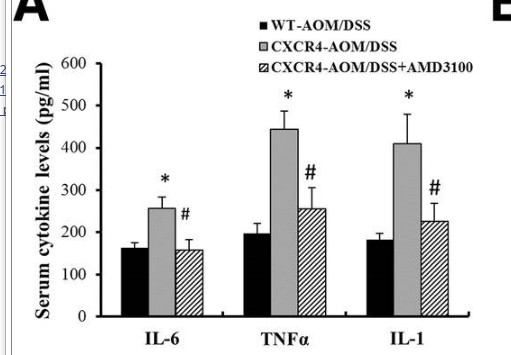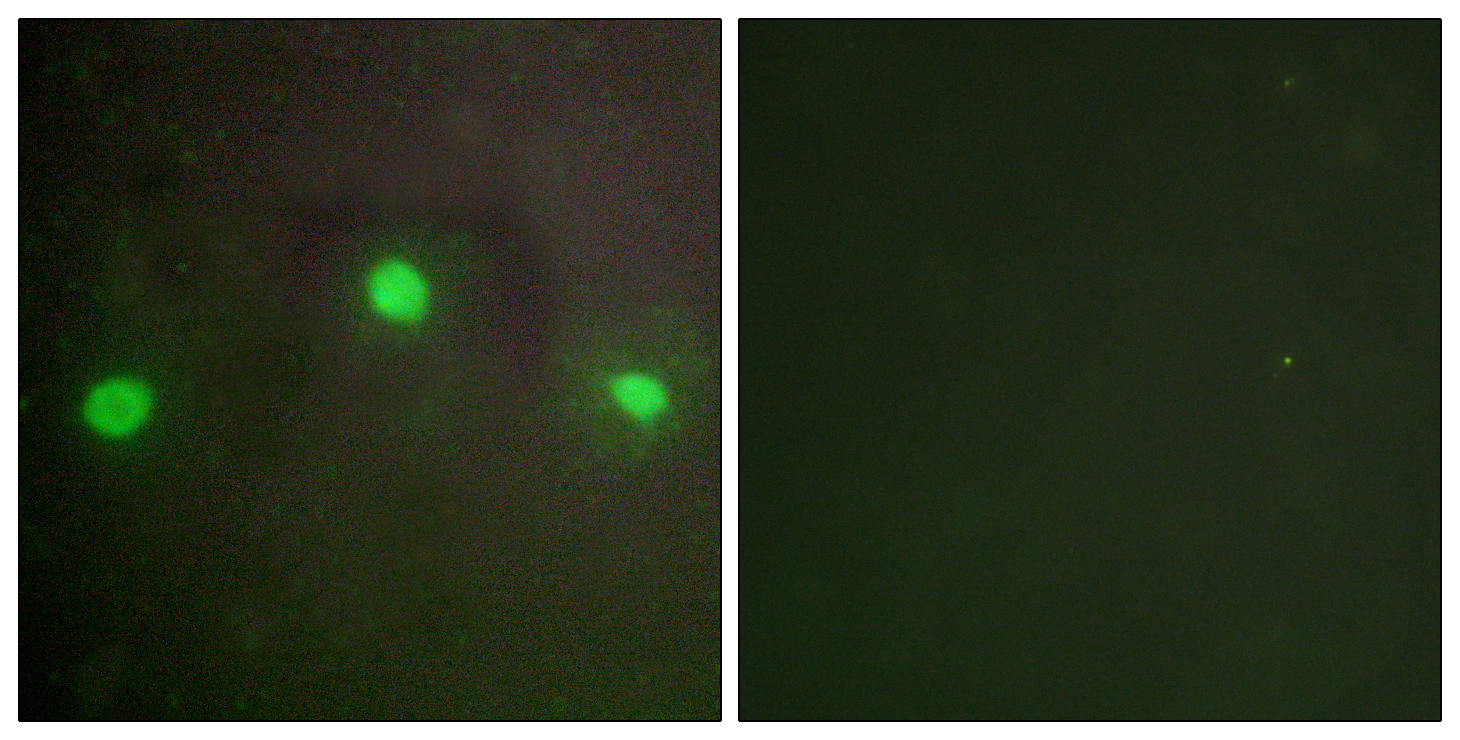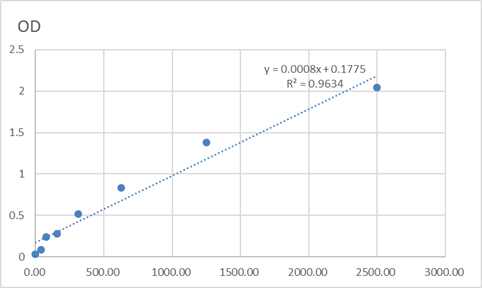Total ATRX Cell-Based Colorimetric ELISA Kit
- Catalog No.:KA3611C
- Applications:ELISA
- Reactivity:Human;Mouse
- Gene Name:
- ATRX
- Human Gene Id:
- 546
- Human Swiss Prot No:
- P46100
- Mouse Swiss Prot No:
- Q61687
- Storage Stability:
- 2-8°C/6 months
- Other Name:
- Transcriptional regulator ATRX (EC 3.6.4.12) (ATP-dependent helicase ATRX) (X-linked helicase II) (X-linked nuclear protein) (XNP) (Znf-HX)
- Detection Method:
- Colorimetric
- Background:
- disease:Defects in ATRX are a cause of alpha-thalassemia myelodysplasia syndrome (ATMDS) [MIM:300448]. In this disorder, alpha-thalassemia occurs as an acquired abnormality in association with a multilineage myelodysplasia.,disease:Defects in ATRX are the cause of mental retardation syndromic X-linked with hypotonic facies syndrome type 1 (MRXSHF1) [MIM:309580]; also called Carpenter-Waziri syndrome (CWS), Juberg-Marsidi syndrome (JMS), Smith-Fineman-Myers syndrome type 1 (SFM1). Clinical features include severe mental retardation, dysmorphic facies, and a highly skewed X-inactivation pattern in carrier women. Other more variable features include hypogonadism, deafness, renal anomalies, and mild skeletal defects.,disease:Defects in ATRX are the cause of X-linked alpha-thalassemia/mental retardation syndrome (ATR-X) [MIM:301040]. ATR-X is an X-linked disorder comprising severe psychomotor retardation, facial dysmorphism, urogenital abnormalities, and alpha-thalassemia. An essential phenotypic trait are hemoglobin H erythrocyte inclusions.,domain:Contains one Pro-Xaa-Val-Xaa-Leu (PxVxL) motif, which is required for interaction with chromoshadow domains. This motif requires additional residues -7, -6, +4 and +5 of the central Val which contact the chromoshadow domain.,function:Could be a global transcriptional regulator. Modifies gene expression by affecting chromatin. May be involved in brain development and facial morphogenesis.,PTM:Phosphorylated upon DNA damage, probably by ATM or ATR.,similarity:Belongs to the SNF2/RAD54 helicase family.,similarity:Contains 1 GATA-type zinc finger.,similarity:Contains 1 helicase ATP-binding domain.,similarity:Contains 1 helicase C-terminal domain.,similarity:Contains 1 PHD-type zinc finger.,subcellular location:Associated with pericentromeric heterochromatin during interphase and mitosis, probably by interacting with HP1.,subunit:Probably binds EZH2. Binds annexin V in a calcium and phosphatidylcholine/phosphatidylserine-dependent manner (By similarity). Interacts directly with CBX5 via the PxVxL motif.,tissue specificity:Ubiquitous.,
- Function:
- DNA metabolic process, DNA repair, DNA modification, DNA alkylation, DNA methylation, DNA recombination, regulation of transcription, DNA-dependent, one-carbon metabolic process, response to DNA damage stimulus, forebrain development, methylation, cellular response to stress, regulation of gene expression, epigenetic, biopolymer methylation, regulation of transcription, regulation of RNA metabolic process,
- Subcellular Location:
- Nucleus. Chromosome, telomere. Nucleus, PML body. Associated with pericentromeric heterochromatin during interphase and mitosis, probably by interacting with CBX5/HP1 alpha. Colocalizes with histone H3.3, DAXX, HIRA and ASF1A at PML-nuclear bodies. Colocalizes with cohesin (SMC1 and SMC3) and MECP2 at the maternal H19 ICR (By similarity). .
- Expression:
- Ubiquitous.
- June 19-2018
- WESTERN IMMUNOBLOTTING PROTOCOL
- June 19-2018
- IMMUNOHISTOCHEMISTRY-PARAFFIN PROTOCOL
- June 19-2018
- IMMUNOFLUORESCENCE PROTOCOL
- September 08-2020
- FLOW-CYTOMEYRT-PROTOCOL
- May 20-2022
- Cell-Based ELISA│解您多样本WB检测之困扰
- July 13-2018
- CELL-BASED-ELISA-PROTOCOL-FOR-ACETYL-PROTEIN
- July 13-2018
- CELL-BASED-ELISA-PROTOCOL-FOR-PHOSPHO-PROTEIN
- July 13-2018
- Antibody-FAQs



